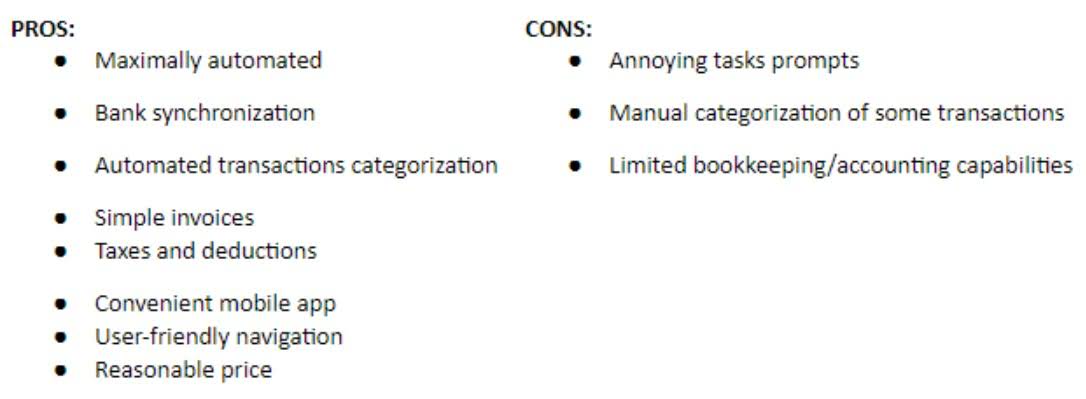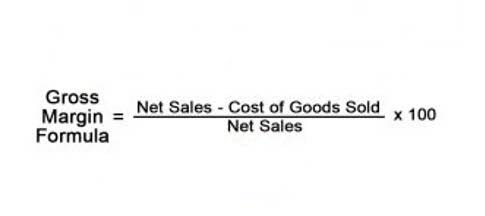
By following these steps and accurately calculating the operating cycle, businesses can gain valuable insights into their working capital management and operational efficiency. This information can help identify bottlenecks in the production and sales process, leading to improved decision-making and financial performance. Understanding the operating cycle is crucial for businesses across various industries as it provides valuable insights into the efficiency of their operations.

Days Sales Outstanding

Generally speaking, the working capital Law Firm Accounts Receivable Management metric is a form of comparative analysis where a company’s resources with positive economic value are compared to its short-term obligations. One of the most important goals of any business is to attract customers and convert them into loyal… He has worked as an accountant and consultant for more than 25 years and has built financial models for all types of industries.
Operating Cycle Formula Calculation: An Example
- Employers looking to streamline their operations and boost profitability should pay close attention to their operating cycles.
- Efficient management of the operating cycle is essential for businesses to ensure smooth operations and profitability.
- The working capital ratio is a method of analyzing the financial state of a company by measuring its current assets as a proportion of its current liabilities rather than as an integer.
- The current assets and current liabilities are each recorded on the balance sheet of a company, as illustrated by the 10-Q filing of Alphabet, Inc (Q1-24).
- In retail, it may be days because of quick inventory turnover, whereas in manufacturing, it can extend to 90 days or more due to production time.
- The third stage includes the cash the company owes its current suppliers for the inventory and goods it purchases and the period in which it must pay off those obligations.
Companies with significant working capital considerations must carefully and actively manage working capital to avoid inefficiencies and possible assets = liabilities + equity liquidity problems. There is much negotiation that occurs between the buyer and seller in M&A, including conditional clauses, surrounding the topic of the working capital peg (or “target”). Plan Projections is here to provide you with free online information to help you learn and understand business plan financial projections. The components of the working capital cycle metric are each listed in the following section. For example, if you manage to recover your debts on time, there is a much lower possibility of bad debt and subsequent accumulation. This means you have more money to spend on the finance and marketing department which may be able to generate much more revenue.
- This would have assisted you to understand what is working capital cycle with examples, formula, calculations and more.
- As shown above on average there are 105 days between buying inventory and receiving cash from the sale of that inventory.
- For instance, the duration of a particular company could be high relative to comparable peers.
- This figure is essential in understanding how efficiently the company manages its accounts payable.
- Cash and cash equivalents, as well as debt and interest-bearing securities, are non-operational items that do not directly contribute toward generating revenue (i.e. not part of the core operations of a company’s business model).
Accounts

Cash and cash equivalents, as well as debt and interest-bearing securities, are non-operational items that do not directly contribute toward generating revenue (i.e. not part of the core operations of a company’s business model). When evaluating potential employers, candidates can inquire about the company’s operating cycle to gain insights into its financial stability and efficiency. This knowledge can help individuals make informed decisions about where to work and build their careers. Experts emphasize the importance of having a robust financial system in place that can accurately track each stage of the operating cycle. This allows businesses to identify bottlenecks and areas for improvement, ultimately leading to a more streamlined and profitable operation. The working capital cycle monitors the operational efficiency and near-term liquidity risk of a given company.
Goods purchasing or manufacturing process

By implementing these strategies, businesses can enhance their operating cycles, increase efficiency, and strengthen financial health. It is essential for organizations to adapt to changing market dynamics and continuously optimize their operations to stay competitive and resilient in today’s challenging business environment. Assume that BrightStar Tech has an inventory turnover period of 60 days, an accounts receivable period of 45 days, and an accounts payable period of 30 days. After the products or services are ready, the next step is sales and accounts receivable.

Accounts Payable:
- The components of the working capital cycle metric are each listed in the following section.
- The net working capital (NWC) calculation only includes operating current assets like accounts receivable (A/R) and inventory, as well as operating current liabilities such as accounts payable and accrued expenses.
- This can lead to cash shortages, making it challenging to pay bills, cover operating expenses, or seize new opportunities.
- Considering the last statement about having more available cash to improve operating cash flow, we notice that if we reduce the cash conversion cycle to zero, then the company does not need any financing.
- A high DPO suggests that your company is effectively managing its accounts payable, optimizing cash flow by extending payment terms without straining supplier relationships.
- It is, in other terms, the time it takes for a business to convert its stocks into money.
Remember, your operating cycle is not static; it requires continuous attention and adaptation to changing market conditions. By implementing the strategies outlined in this guide and staying vigilant, you can achieve a more efficient operating operating cycle cycle, setting your business on the path to financial success. Managing your operating cycle efficiently often requires the right tools and software to streamline processes, monitor key performance indicators, and make informed decisions. We will explore essential tools and software that can help you effectively manage and optimize your operating cycle. To reduce your DSO, focus on efficient accounts receivable practices, including clear credit policies, prompt invoicing, automated reminders, regular reconciliation, and offering early payment incentives.
Leave a Reply